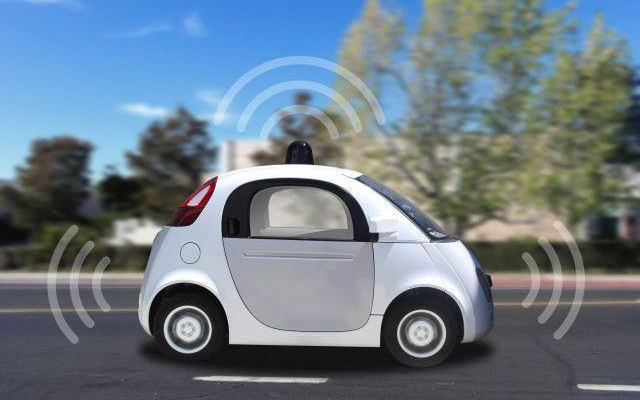Driverless cars and the opportunities they offer media companies
Driverless cars have been around a few years now. Google began talking about the concept almost a decade ago and has been quietly testing cars on the back roads of Nevada and other states since 2011.

Where a tech company has pioneered, the main car manufacturers are starting to follow. Tesla announced it was working on driverless cars to compete with Google at the end of last year, and the first person ever to die in an autonomous car was using autopilot in one of the company’s cars. Ford recently unveiled new sensors that it will fit to its cars which it claims makes them even more advanced than Google’s. It said it will develop cars for ride sharing fleets and delivery markets first and that it would have working product on the road within five years. Toyota and Kia have also made autonomous car announcements this year, and we shouldn’t forget the potential of the huge Chinese tech company Baidu in this space.
It will be a long time before we see autonomous cars in any real numbers on European roads. What works on the highways and quiet roads of California and Nevada will need a lot of tweaking before it is ready for the roundabouts of Rome, or the boulevards of Paris. Nevertheless, the first autonomous cars are expected to be on roads within three years.
There are also many other key issues which need to be resolved. We spoke recently to representatives of Imagination Technologies (whose partner’s Mobileye system is used on several driverless car prototypes) who pointed out the vehicles will need to be ultra secure before passengers trust their lives to autonomous cars. Hacking cars could be a very serious issue.
There are also commercial issues to be resolved. For example, will we own driverless cars? Or will one zip round to your home when you have summoned it via your app Uber style? (Incidentally Uber is already working on its fleet of autonomous cars.) And what will they look like? Are we going to see a glut of small, one-person smart car style driverless cars? Or will they be something different?
And then there’s the possibility of the arrival of new players in the car market – most notably Apple. Surely a company which is now starting to see sales of its core product, the iPhone, beginning to slow is thinking of exploring new markets. There is endless speculation online about the Apple car, but there is fairly solid evidence that the company is investing billions into researching the ‘iCar’ while targeting a launch within five years.
Opportunities for publishers
Ultimately then, what do driverless cars have to do with the future of media? Well they clearly are giving far-sighted execs in publishing and video companies something to think about. That’s because the one time driver of the car is going to need something to keep them occupied on their trips and that’s where the opportunity for a new screen – to follow the TV, tablets and phones – is going to emerge. No more need drivers need to be limited to purely audio entertainment content – video and gaming all become part of the car of the future’s bag of entertainment goodies.
The possibilities are endless. Freed from the shackles of keeping their eyes on the road, passengers will be able to watch and interact with potentially huge screens that are permanently connected to the web via 4G, or whatever iteration of data communications we have reached by then.
One option might be that the windshield doubles as screen with an on-board projector supplying the images. Augmented reality systems could then supply details about the places the car is travelling to. The car might also become a mini work station with people answering messages via voice-operated controls or interacting via touch creens.
And geographical context would become highly important too, especially for advertisers. If a media company knew where you were going, for example, it could tailor the ad that you see in the break from your video content to make it highly personal and local.
What media companies really need to start grappling with is how this is going to impact on the content they produce. It might mean that the era of mobile first content evolves into something different, as more and more people consume content on the go on larger 3D screens. For many publishers it will provide yet another screen on which they will need to deliver video content. Publishers will have to work out ways of seamlessly integrating their text with images, video and location-based content, to provide a compelling mix to keep ‘drivers’ entertained.
Let’s not forget, too, that the company leading the driverless car revolution, Google, has a background in content distribution, as has its potential rival Apple. Software services, including entertainment, are likely to feature very highly on both of their business plans.
Ultimately then, for many in the publishing industry, driverless cars and the opportunities they present should underline that the real competitors facing media companies aren’t especially other media companies. It is games manufacturers and TV and film programme makers too.
Driverless cars and content are sure to be a discussion point among the delegates at the 10thDISummit. Registration is now open with our early launch offer saving delegates €600 on final rates. This special pre-agenda offer is available until 1 December 2016.






